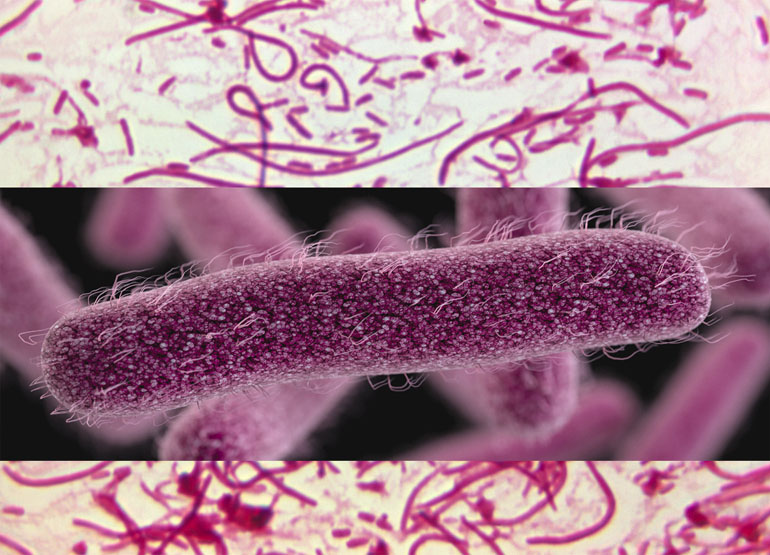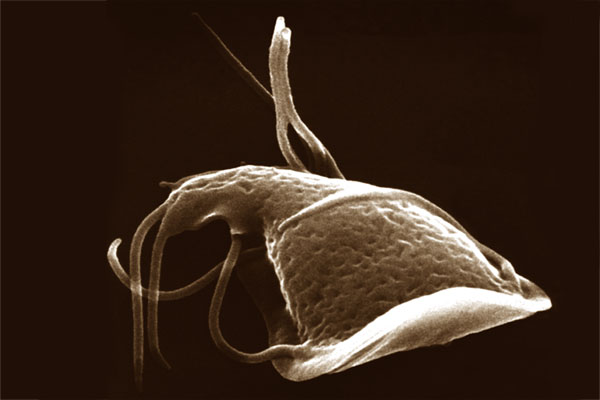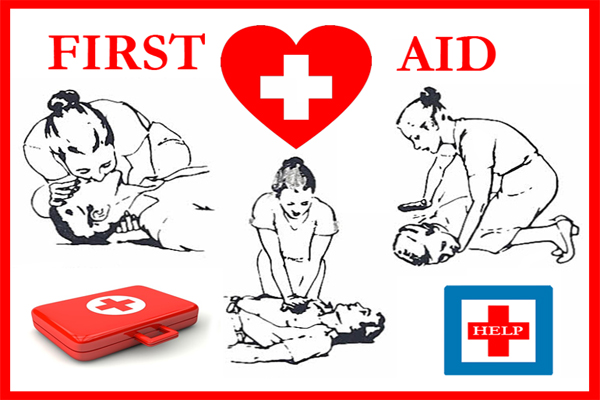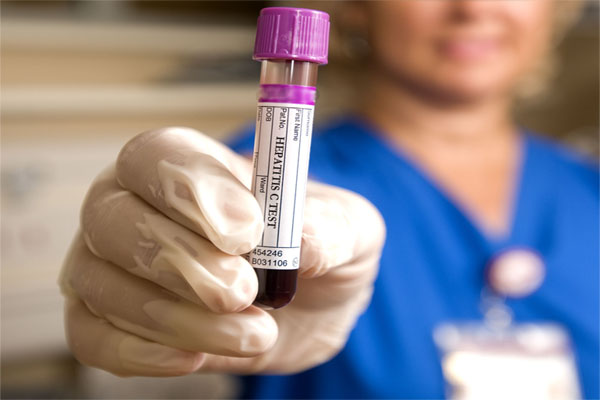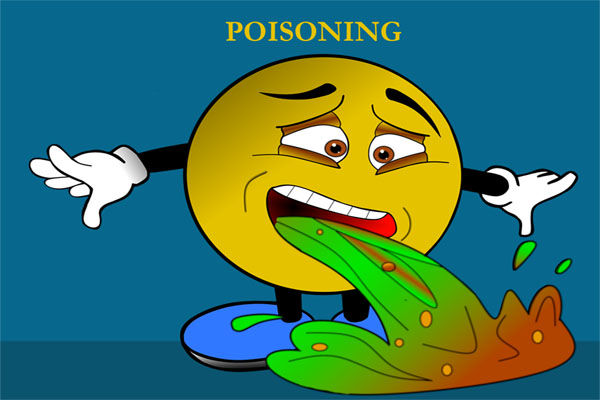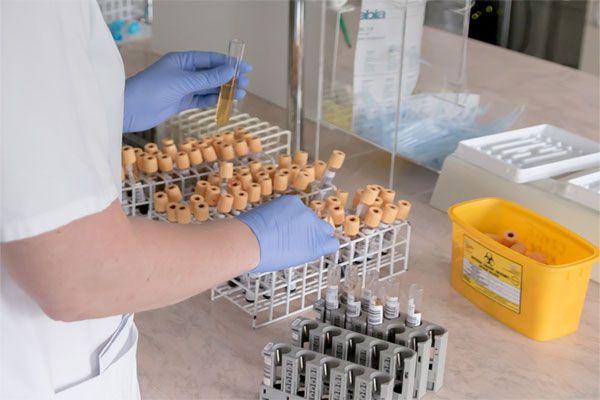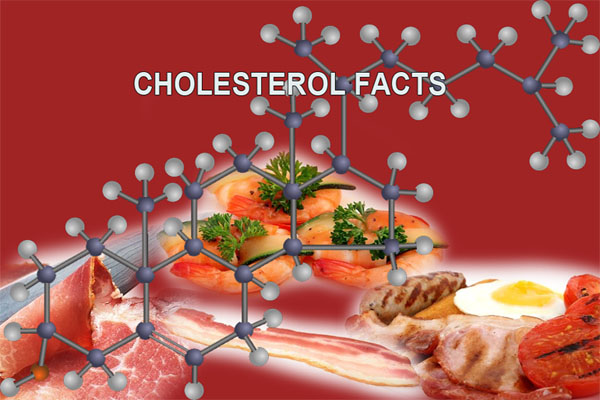Health Pages
Shigella & Shigellosis
Shigella & Shigellosis
Shigellosis, also known as bacillary dysentery in its most severe manifestation, is a foodborne illness caused by infection by bacteria of the genus Shigella. Shigellosis rarely occurs in animals other than humans and other primates like monkeys and chimpanzees.
The causative organism is frequently found in water polluted with human feces, and is transmitted via the fecal-oral route. The usual mode of transmission is directly person-to-person hand-to-mouth, in the setting of poor hygiene among children. In some strains ten to fifteen (10-15)% of people affected will die.
In the developing world, Shigella causes approximately 165 million cases of severe dysentery and more than 1 million deaths each year, mostly in children in the developing world. Shigella also causes approximately 580,000 cases annually among travelers and military personnel from industrialized countries.
Symptoms may range from mild abdominal discomfort to full-blown dysentery characterized by cramps, diarrhea, fever, vomiting, blood, pus, or mucus in stools or tenesmus. Onset time is 12 to 50 hours.
Shigella can be transmitted through food. Food known to do so includes salads (potato, tuna, shrimp, macaroni, and chicken), raw vegetables, milk and dairy products, and meat. Contamination of these foods is usually through the fecal-oral route. Fecally contaminated water and unsanitary handling by food handlers are the most common causes of contamination.
Shigella is a genus of Gram-negative, non-spore forming rod-shaped bacteria closely related to Escherichia coli and Salmonella. The causative agent of human shigellosis, Shigella cause disease in primates, but not in other mammals. It is only naturally found in humans and apes. During infection, it typically causes dysentery.
Shigella infection is typically via ingestion (fecal–oral contamination); depending on age and condition of the host as few as ten bacterial cells can be enough to cause an infection. Shigella causes dysentery that results in the destruction of the epithelial cells of the intestinal mucosa in the cecum and rectum. Some strains produce enterotoxin and Shiga toxin, similar to the verotoxin of E. coli O157:H7. Both Shiga toxin and verotoxin are associated with causing hemolytic uremic syndrome.
Shigella invade the host through epithelial cells of the large intestine. Using a Type III secretion system acting as a biological syringe, the bacterium injects IpaD protein into cell, triggering bacterial invasion and the subsequent lysis of vacuolar membranes using IpaB and IpaC proteins. It utilizes a mechanism for its motility by which its IcsA protein triggers actin polymerization in the host cell (via N-WASP recruitment of Arp2/3 complexes) in a "rocket" propulsion fashion for cell-to-cell spread. The most common symptoms are diarrhea, fever, nausea, vomiting, stomach cramps, flatulence, and constipation. The stool may contain blood, mucus, or pus. In rare cases, young children may have seizures. Symptoms can take as long as a week to show up, but most often begin two to four days after ingestion. Symptoms usually last for several days but can last for weeks. Shigella is implicated as one of the pathogenic causes of reactive arthritis worldwide.
Did You Know?
"Type three secretion system (often written Type III secretion system and abbreviated TTSS or T3SS) is a protein structure, an organelle, found in several Gram-negative bacteria. The structure is used to secrete proteins that help the bacteria infect multicellular, eukaryotic organisms. The proteins are secreted directly from the bacterial cell into the cells of the organism to be infected (the host) using a needle-like structure which is the hallmark of the T3SS."
RomWell Health Pages - Disclaimer
Our pages are created to provide medically accurate information that is intended to complement, not replace or substitute in any way the services of your physician. Any application of the recommendations set forth in the following pages is at the reader's discretion and sole risk. Before undergoing medical treatment, you should consult with your doctor, who can best assess your individual needs, symptoms and treatment.Browse Health Pages
It doesn't take much to start living healthier life...

